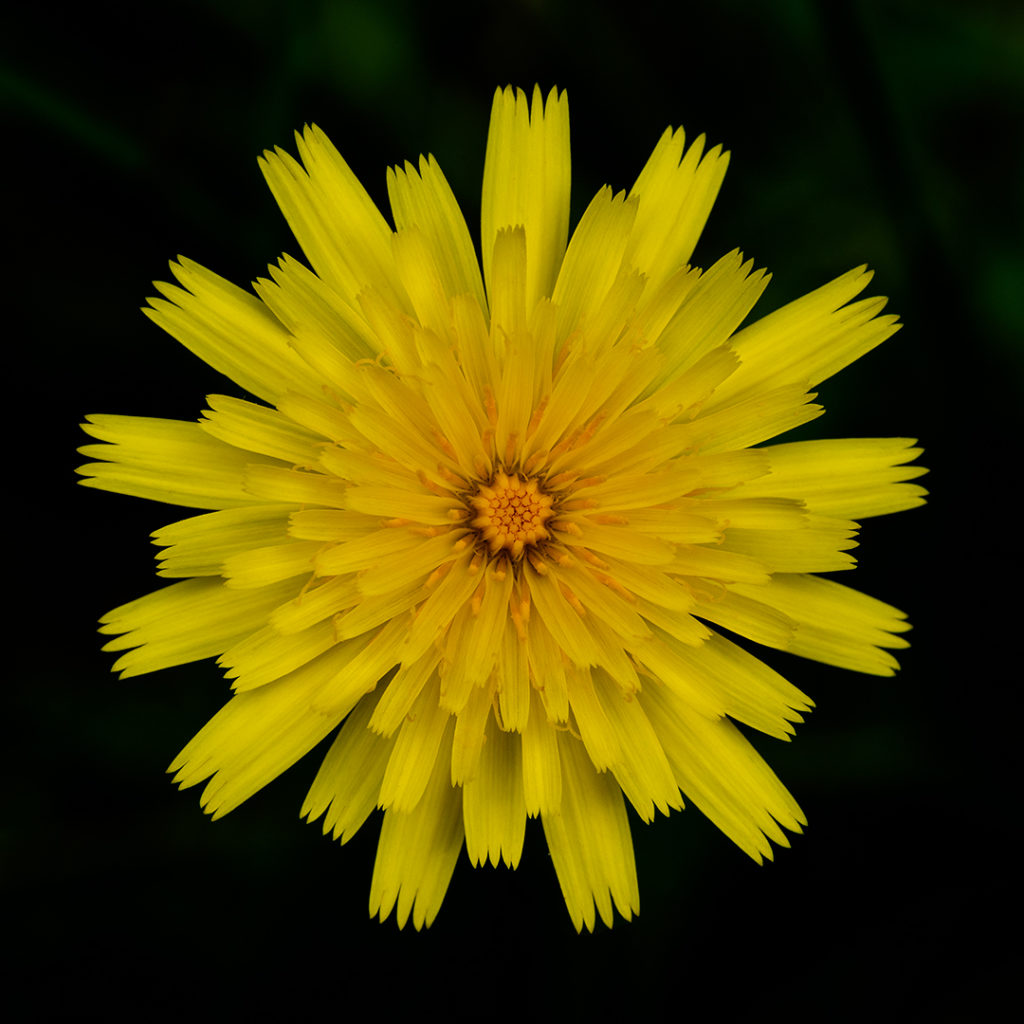This is a picture of a dandelion, taken along a small lake at a local state park. I’m not sure why it caught my eye. After all, it’s just a weed, something that is generally not thought about much except as a problem, or perhaps occasionally for making tea. For whatever reason, I took this picture.
The picture ended up being surprising in how beautiful this simple little flower appeared. Some enhancements were done in post processing, but only to enhance the colors and shapes already there, and also to deemphasize the background.
Interestingly, when I posted this on social media, it became one of my most liked pictures. As simple as it was, something about the picture caught people’s attention. It seems that when they were presented with the beauty that’s actually there in this commonly overlooked plant, they appreciated it.
After this, I started noticing more details about the dandelions I ran across all over the place. Things like how much the flower shapes vary, the patterns in which they cluster, variations in color, and so on.
In a small way, this gave me improved vision, a greater awareness of the world around me. This is one of the goals of my photography – to learn to see better. The photographer Elliott Erwitt1 described it this way:
“To me, photography is an art of observation. It’s about finding something interesting in an ordinary place… I’ve found it has little to do with the things you see and everything to do with the way you see them.”— Elliott Erwitt
Thus, we discovered something interesting — surprising beauty — in a most ordinary weed. Not only that, but this taught me to see the world a little differently in general. Previously, I used the term “Local Wonder” as my description of this sort of artistic vision. This basic picture of a dandelion is a simple example of that.
- I’m not an aficionado of Erwitt’s work, or even pay it much attention. I just thought the quote was interesting, especially since his photography is so different – perhaps the idea is more universal. ↩︎
